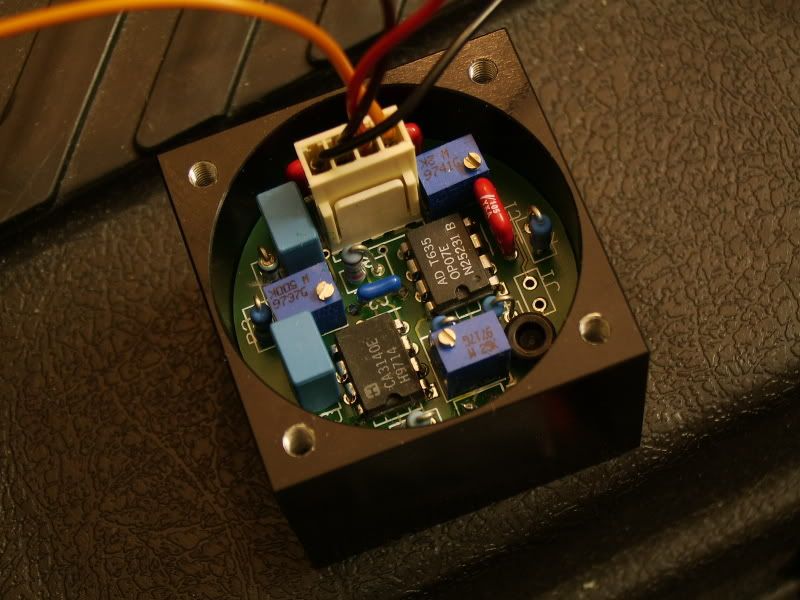@ Kenom...
Yeah.. I've noticed that.. but I find the heatsink mass
detects my (quickly touched and removed) finger's heat quite
fast... goes from +3mW to -2mW then back up to 3mW..
It changes a bit too quickly to account for the quickly added
heat of my finger to travel through thew heat sink mass and
register a change on the thermopiles..
It seems more like an electronics induction effect...
@nospin....
Here is what its doing
when you touch the heat sink or heat the sensor disc you are speeding up the equalization of temperature
difference between the sensor disc and the sink by changing the temperature of one of the junction sides
It doesn't effect the final value, that is achieved with a fine calibration adjustment.
Whether you touch it or not when you stop effecting the difference between the two
sides it will eventually settle to the calibration setting.
Jim
I just did a test with a tested 10mW Laser... The OPHIR 20C-A head
reading stabilized at +3mW and when the 10mW beam was put on the
sensor it read 13mW...
IMO... it is important to zero the meter before taking a measurement
if the reading is not at Zero without an input to the sensor.
I don't understand what you meant by
that is achieved with a fine calibration adjustment.
Are you saying that you doing a fine calibration adjustment of the OPHIR heads... :thinking:
Jerry






